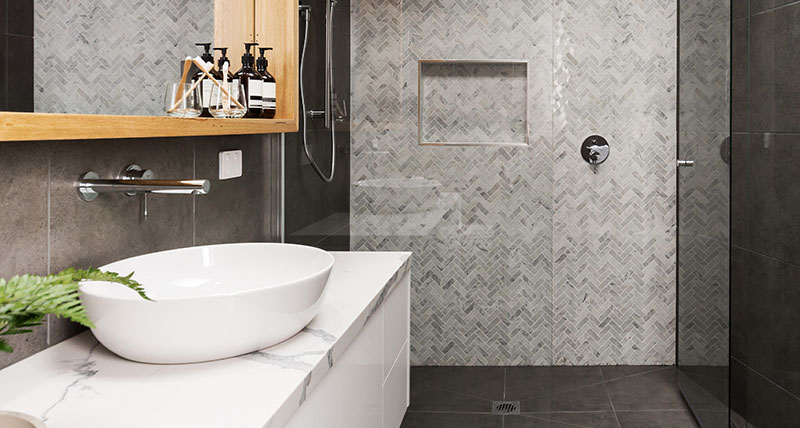In an era where sustainability is crucial, the introduction of the smart water-saving toilet is a game-changer. These advanced fixtures are designed to minimize water consumption, making them not only eco-friendly but also cost-effective. Industry QA professionals are increasingly recognizing the importance of these innovations in contributing to water conservation efforts.

The Rise of the Smart Water-Saving Toilet
The advent of the smart water-saving toilet comes at a time when environmental concerns are at the forefront of global discussions. These toilets are equipped with technology that optimizes water usage without compromising on performance. For industry professionals, the implications are significant, with potential reductions in utility expenses and a smaller carbon footprint.
Smart toilets are not a new concept, but their integration with water-saving technologies has propelled them into the spotlight. As noted in the article about smart toilets and water conservation, these devices play a pivotal role in sustainable living.
Key Features of Smart Water-Saving Toilets
Understanding the features of a smart water-saving toilet is essential for industry professionals looking to adopt this technology. These toilets often include dual-flush systems, sensor-activated flush mechanisms, and leak detection technologies. Such features are designed to reduce water wastage significantly.
Dual-flush systems offer users the option to choose between a full or partial flush, depending on the waste. This choice drastically cuts down on unnecessary water use. Moreover, sensor-activated flush mechanisms ensure that the toilet only uses water when necessary, reducing unintentional waste.
Water Efficiency and Cost Savings
One of the most compelling reasons to adopt a smart water-saving toilet is the potential for water efficiency and cost savings. As detailed in the comparison between smart toilets and regular toilets, the former uses significantly less water per flush. This efficiency translates into lower water bills, making it an attractive option for both residential and commercial properties.
Moreover, the smart water-saving toilet contributes to a building's overall sustainability rating. For businesses striving to meet environmental standards, these toilets can be a valuable addition to their sustainability initiatives.
Challenges and Considerations
Despite the numerous benefits, there are challenges associated with implementing smart water-saving toilets. One of the primary concerns is the initial cost. These toilets are typically more expensive than traditional models, which can be a deterrent for some consumers.
However, it's important to consider the long-term savings on water bills and the positive environmental impact. As highlighted in discussions on automated flushing systems, the initial investment can be offset by the reduced utility costs over time.
Advancements in Smart Toilet Technology
Innovation in smart toilet technology continues to evolve. Features such as self-cleaning systems, heated seats, and even health monitoring are becoming more common. These advancements not only enhance the user experience but also contribute to greater hygiene and convenience.
The integration of IoT (Internet of Things) technology allows for remote monitoring and control of toilet functions. This capability is particularly beneficial in commercial settings, where maintenance and functionality can be monitored in real-time.

The Future of Water-Saving Toilets
The future of smart water-saving toilets looks promising, with continuous innovations anticipated. As technology advances, we can expect these toilets to become more efficient and accessible. The potential for integration with broader smart home systems presents exciting opportunities for seamless automation and increased efficiency.
For those interested in bathroom design, the integration of smart toilets offers a chance to create modern, eco-friendly bathrooms. These designs not only focus on aesthetics but also emphasize functionality and sustainability.
FAQs
Q: How much water can a smart water-saving toilet save?
A: On average, smart water-saving toilets can reduce water usage by up to 20-50% compared to traditional toilets, depending on the specific model and usage habits.
Q: Are smart water-saving toilets hard to install?
A: While installation can be more complex than traditional toilets, many manufacturers provide detailed instructions, and professional help can ensure proper setup.
Q: Do smart water-saving toilets require special maintenance?
A: Generally, these toilets require standard maintenance, though specific features like sensors may need periodic cleaning or checks.
In conclusion, the smart water-saving toilet represents a significant step forward in bathroom technology. For more insights into the world of smart toilets, explore the latest trends in smart bathroom technology. Whether for residential or commercial use, these toilets offer a blend of efficiency, sustainability, and modern convenience, making them a worthwhile investment for the future.






